Carbon cuts: ALP climate policy targets big emitters
New climate policy aimed at sharpening Labor’s appeal in the inner-city while trying to win back the bush via a jobs boom.
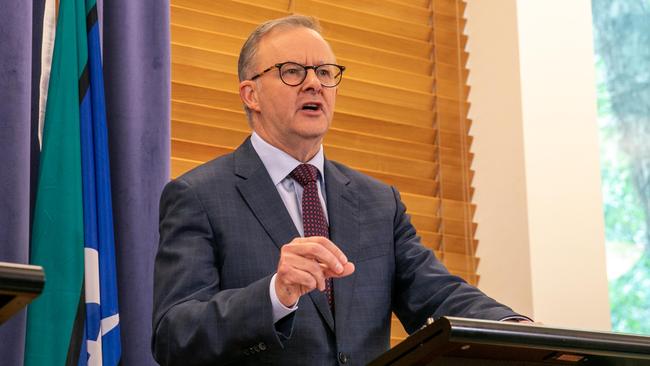
Anthony Albanese will force Australia’s biggest emitting companies to cut pollution at a faster rate under a plan to reduce emissions by 43 per cent by 2030, sharpening Labor’s appeal in target inner-city seats while seeking to win back bush electorates through a promised regional jobs boom.
The Opposition Leader released economic modelling on Friday to support his climate change policy and avoid a repeat of Bill Shorten’s 45 per cent target at the 2019 election which was savaged by the Coalition for lacking a detailed cost analysis.
Launching his most contentious policy, Mr Albanese said the nation’s largest polluters would be asked to do the heavy lifting under Labor’s plan to overhaul the Coalition’s safeguard mechanism, which currently forces companies and facilities emitting more than 100,000 tonnes of carbon dioxide to maintain emissions at a set baseline.

Under Mr Albanese’s climate change policy, Labor would gradually reduce the baseline for about 215 heavy-polluting facilities in line with achieving the goal of net-zero emissions by 2050.
The targeting of big-emitting companies, many of which operate in regional Australia, triggered an attack from Scott Morrison and Energy Minister Angus Taylor, who described the move as a “carbon tax by stealth” that would increase costs and put jobs at risk.
Mr Albanese said Labor’s climate change blueprint would see five out of six jobs created in regional Australia and unlock $52bn of new private sector investment across the economy.
The independent RepuTex modelling said of the 604,000 new jobs created by 2030, only 64,000 of those would be direct jobs, with 540,000 indirect jobs.
Mr Albanese said that under Labor’s plan, electricity prices would fall $275 per household by 2025, “at the end of our first term if we are successful”.
“Over the forward estimates, the cost to the budget will be $683m,” he said.
“Australian business is leading. It is time that the Australian government caught up.”
The tightly held climate change policy, endorsed by shadow cabinet and caucus on Friday, bakes in the Coalition’s net zero plan, state and territory targets, emissions reductions already achieved on 2005 levels and existing ALP policy including its $20bn Rewiring the Nation Corporation, which will rebuild and modernise the electricity network.
It also relies heavily on new low-emissions technologies, electric vehicle take-up and projected emissions reduction falls across the transport, heavy industry, agriculture and electricity sectors.
The Australian Public Service, excluding national security agencies such as the Australian Federal Police, the Defence Force and Australian Border Force, will be ordered to hit net-zero emissions by the end of the decade.
Mr Taylor, who developed the Coalition’s plan for net zero by 2050, warned voters in key seats in the NSW Hunter Valley, north and central Queensland and northern Tasmania that “Labor’s carbon tax is a direct threat to blue-collar jobs”.
He said tightening the safeguard mechanism by 5 million tonnes of carbon dioxide equivalent a year was akin to “imposing a carbon tax on those businesses”.
“They will have extra costs,” Mr Taylor said. “They will pass it through to customers. They will shut. They will shed employees. They will do what they have to do. This is what carbon taxes do.”
Mr Taylor raised questions about Labor’s modelling on renewable energy take-up in the National Electricity Market and how it planned to replace dispatchable, reliable power generation. The modelling said renewable energy capacity was projected to grow to 26GW by 2030 or “82 per cent of all NEM generation”.
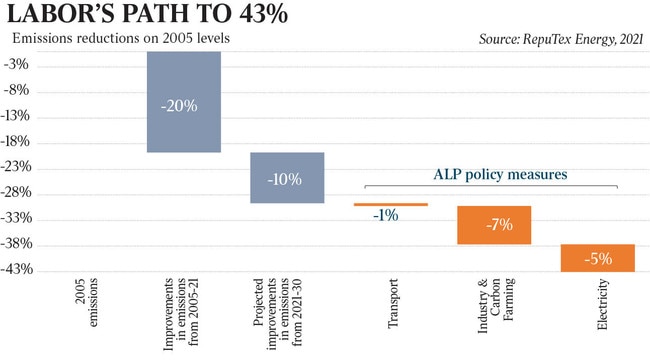
The Prime Minister said Labor was “just two percentage points different from what they took to the last election”.
“I don’t think that policy does get the balance right,” Mr Morrison said. “Getting to net zero by 2050 means you invest in the technologies that get you there. You don’t do it by forcing people’s electricity prices up or forcing people out of jobs.
“A 43 per cent target isn’t safe for the Hunter, it’s not safe for Gladstone. It’s not safe for Bell Bay. It’s not safe for our manufacturers. It’s not safe for jobs. Labor’s learnt nothing since the last election.”
While right-wing Labor MPs had pushed for a target of about 40 per cent, left-faction MPs under threat from the Greens were lobbying for greater ambition after the Coalition adopted a net zero by 2050 target and the Business Council of Australia backed a 46 to 50 per cent target by the end of the decade.
Ahead of the COP26 summit in Glasgow, Mr Morrison said the government expected Australia could reduce emissions by 35 per cent on 2005 levels by 2030 but did not formally change the Coalition’s Paris target of 26-28 per cent.
Opposition climate change spokesman Chris Bowen, who said Labor would bid to host the COP29 summit in Australia, said an ALP government would hold annual reviews testing the effectiveness of the emissions-reduction policy. “I will be reporting annually to the parliament on progress in a way similar to the government’s reports on Indigenous disadvantage,” Mr Bowen said. “We want to be held to account for progress, we want the parliament to be focusing on how well we are doing as a country.”
Mr Albanese, who previously described Mr Shorten’s climate change policy as a mistake, defended his 43 per cent emissions-reduction goal because Labor could now explain to voters how it would achieve the 2030 and 2050 targets.
“We did not win the (2019) election,” Mr Albanese said. “What you have got to do when you are not successful is not to do the same thing and expect a different outcome. What you need to do is to examine the lessons which are there. We did that.
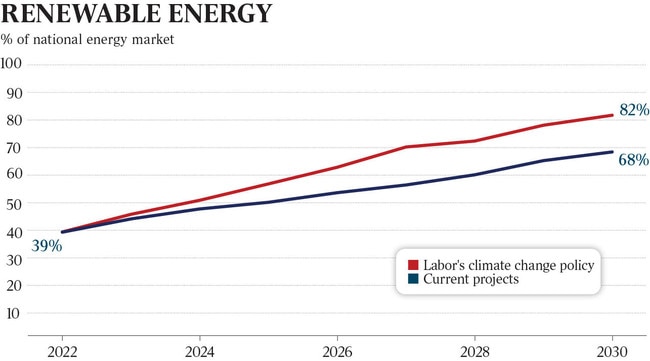
“One of the lessons … was that there was difficulty answering some of the questions of cost and economic impact. We went to an independent body, the most serious body that we could find. It is at a substantial cost. We have modelled it. It is more substantial than any policy analysis in terms of economic costing than any policy that has been released in any area by any opposition at any level of government in Australia.”
Mr Morrison warned voters that if Labor joined the Greens in a hung parliament, the 43 per cent target would increase. Greens leader Adam Bandt is demanding 75 per cent emissions reduction by 2030. “This is the starting bid from Labor,” Mr Morrison said. “It’s not the final outcome. And if they have to get into that option with the Greens to form government, it won’t be 43; that will be the opening bid and it’s going to end a lot higher than that.”
Mr Bandt accused Labor of “giving up on climate”.
“The climate crisis is getting worse but Labor is going backwards. Labor’s backdown shows the only way we’ll get climate action is kicking the Liberals out and putting Greens in balance of power to push Labor to go further and faster,” Mr Bandt said.


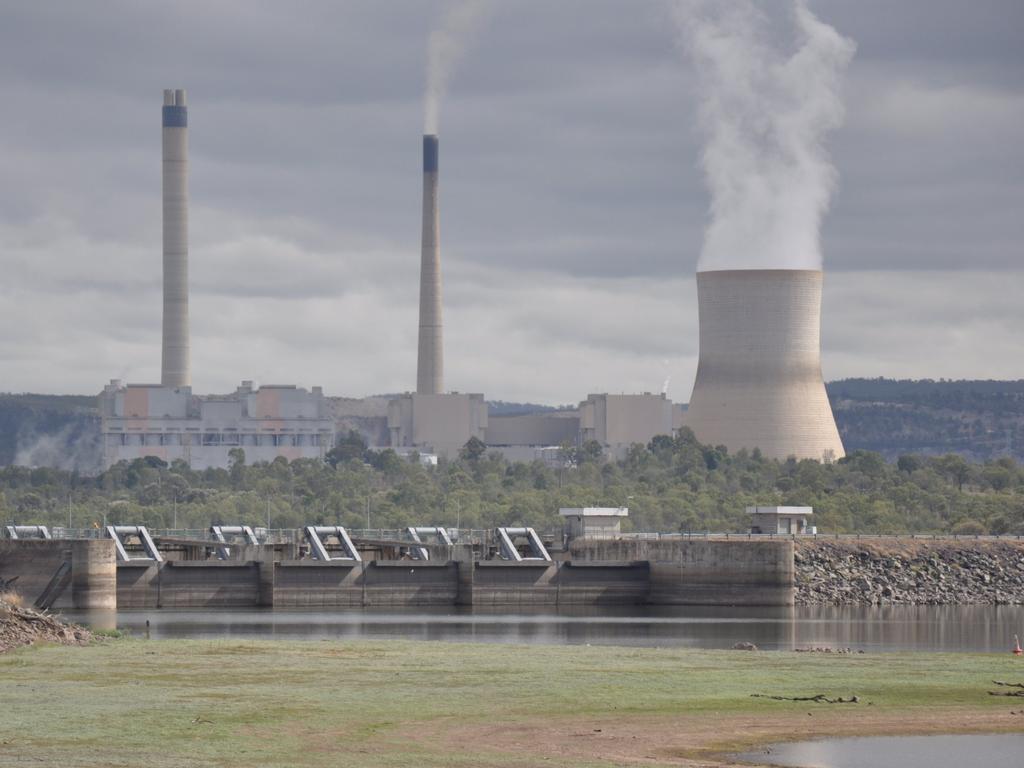
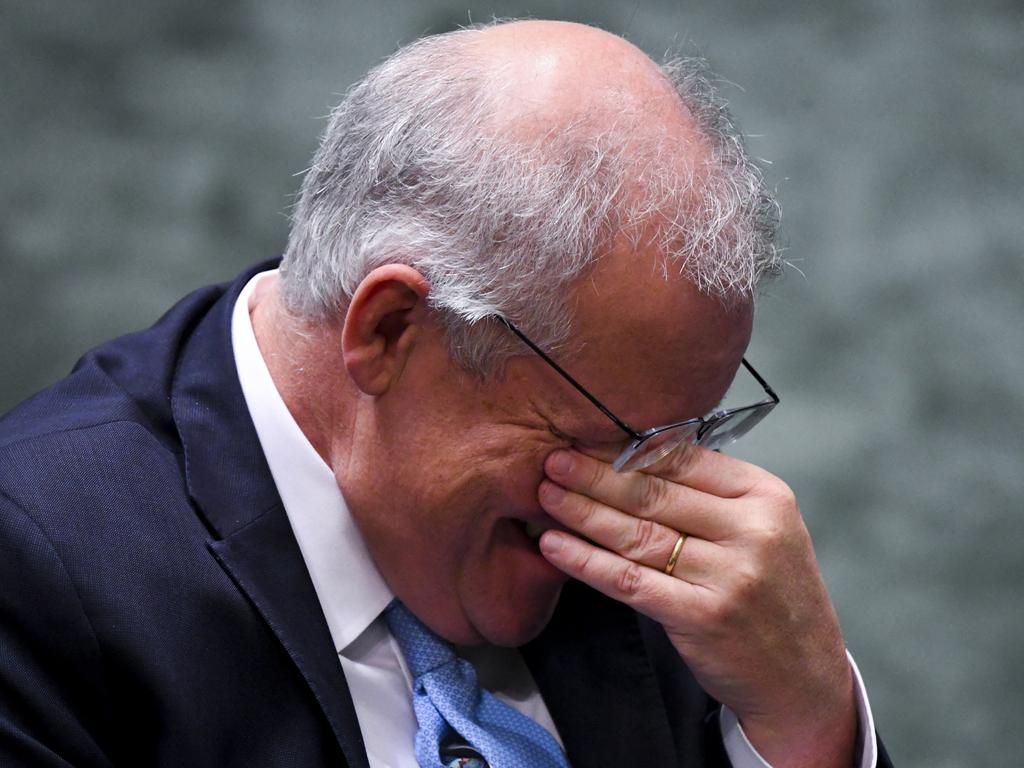
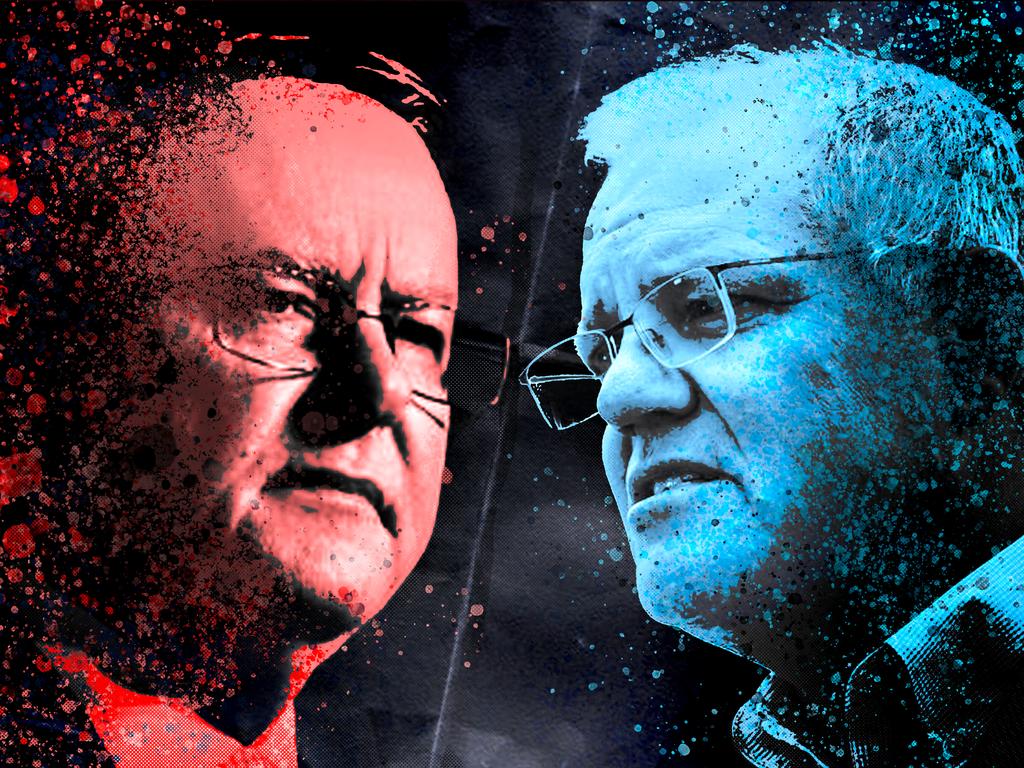



To join the conversation, please log in. Don't have an account? Register
Join the conversation, you are commenting as Logout